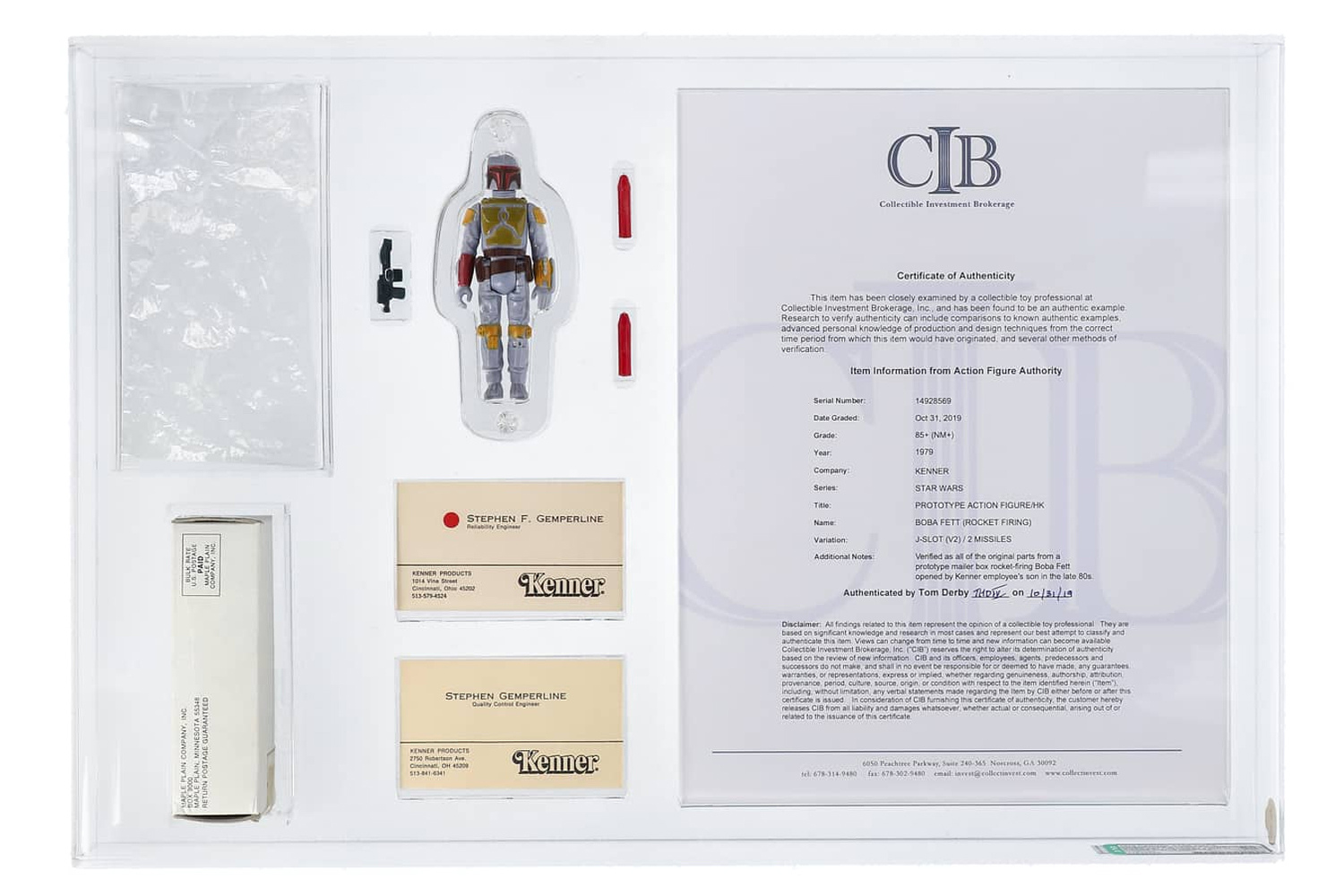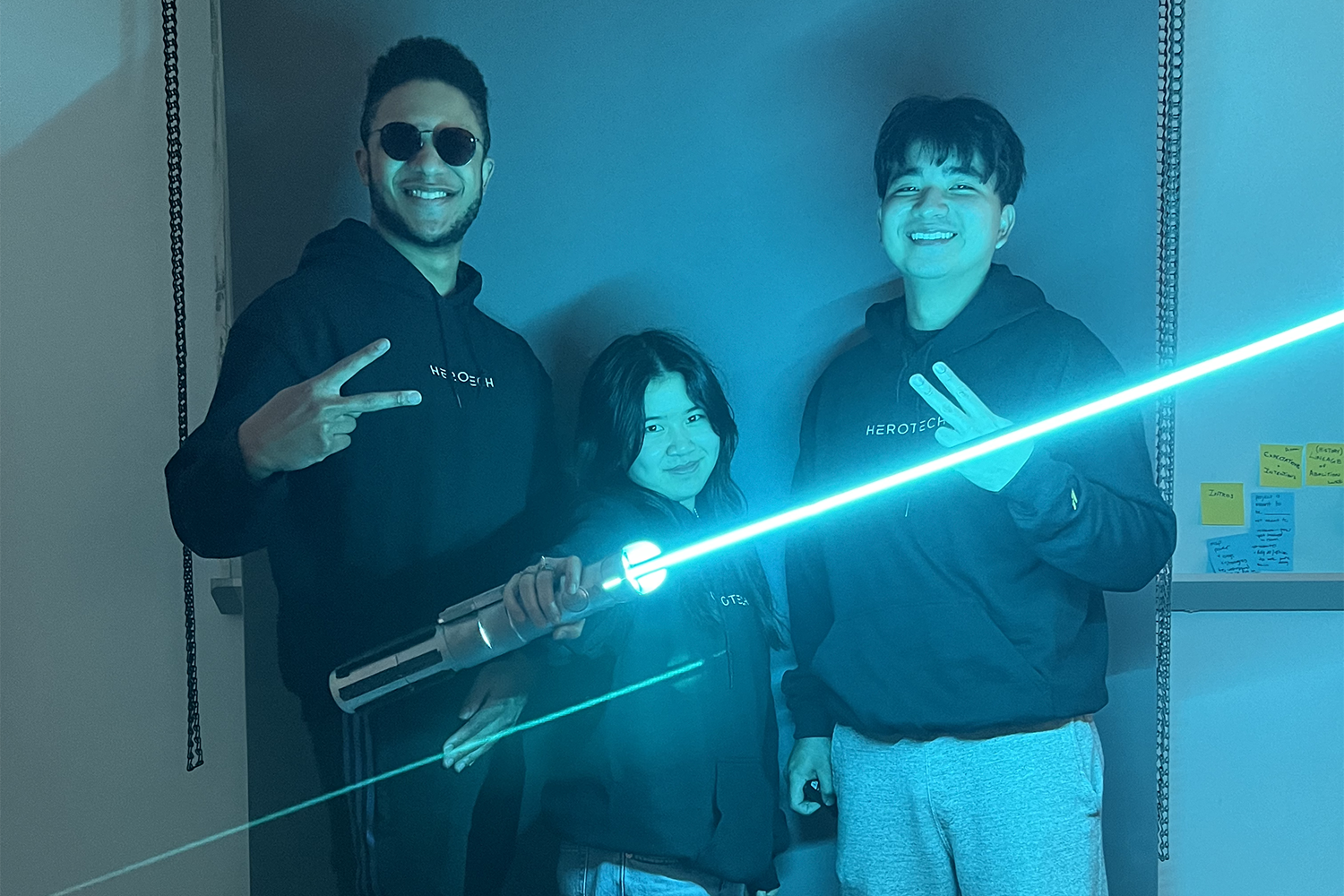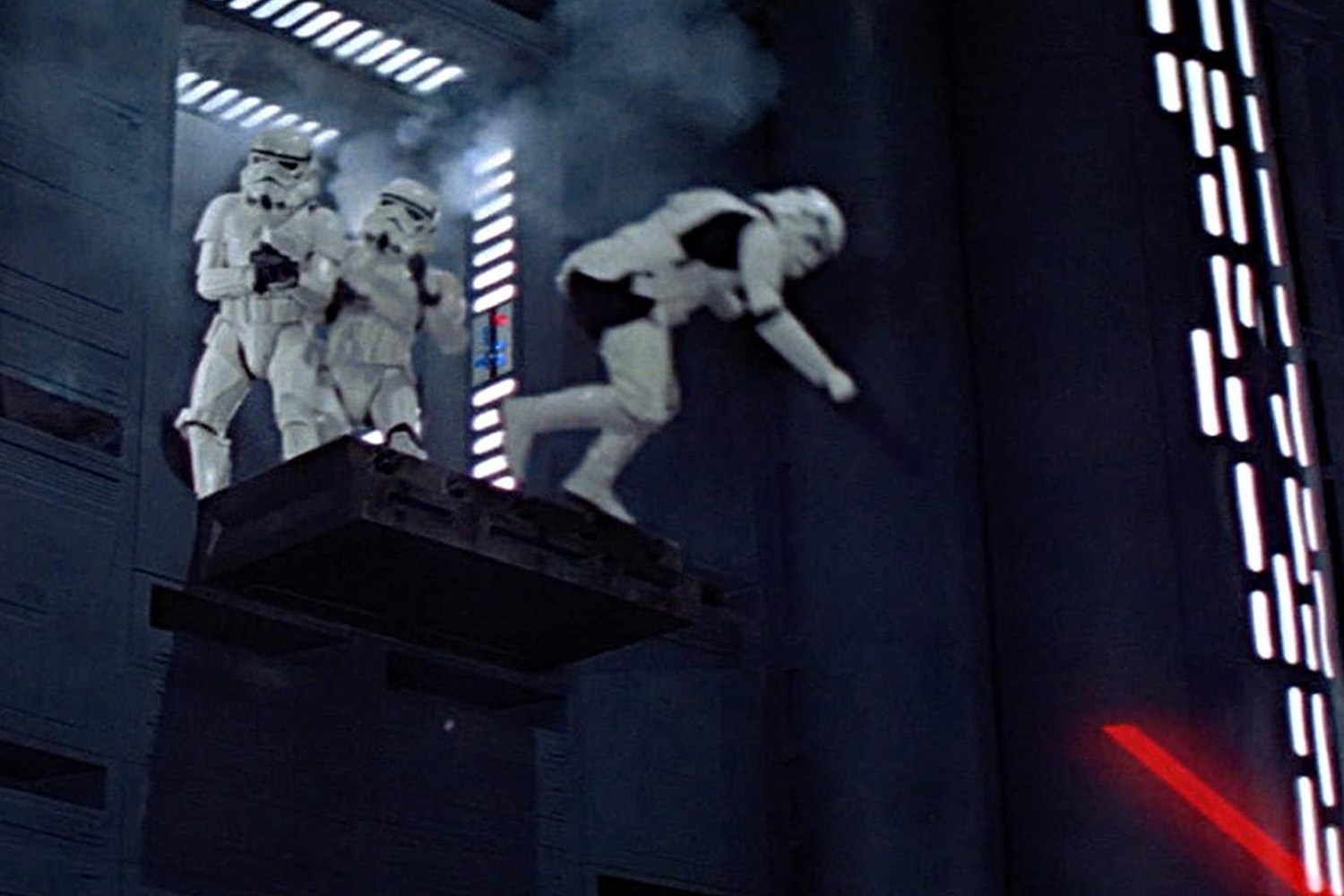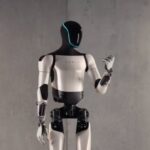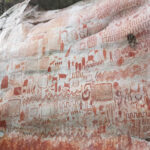Today is the day for Star Wars puns, and paying tribute to the space-fantasy epic. The movie pops up as a regular inspiration and analogy in real-life science. From robots on the International Space Station, to real-life exoplanets, Star Wars is everywhere.
A long time ago, in a galaxy far, far away….
In astronomy, every galaxy we look at is from a long time ago and far, far away. Saying a galaxy is 35 million light years away is a measurement of both distance and age: it takes light 35 million years to travel 35 million light-years, showing us what a far-distant galaxy looked like long, long ago.
Looking through space is looking through time. Image credit: NASA
Every telescope is a time-machine, peeking at a universe long gone past. Read more about galaxy dynamics, or the mind-boggling speed at which we’re rushing around the universe.
Everyone Loves Star Wars
Star Wars Tea at UC Berkeley. Photography credit: Richard Ellis, California Institute of Technology
You might think of real-life scientists as being dull and stuff, but they aren’t. Many of them are intense fans, inspired by the same science fiction and science fantasy stories you love. Need proof? Astrophysics graduate student Chelsea Harris at UC Berkeley created an entire Star Wars themed tea for the astronomy department colloquium, including a breaded Jabba the Hutt, a Death Star melon, chocolate Han Solos, and Yoda cookies. Read more about it here.
Just How Long is a Long Time?
The Star Wars movies cover a lot of time, both within its universe, and watching it in ours. Robin Ideas takes his enthusiasm for Star Wars and blends it with a love of geology, using the movies as a timescale for thinking about Deep Time. Read more about it (and watch the video!) here.
The Double-Suns of Tatooine
Kepler-16b was the first planet found in a binary star system, even it it was more Cloud City than Tatooine. Image credit: NASA
From Tatooine, the desert planet in a binary star system, to gas giants like the one housing Cloud City, if you can dream of a planet, the Kepler Space Telescope has found it. Read more about the exoplanets we’ve found here. And of course, we’ve got the Death Star within our very own solar system, masquerading as Mimas, a moon of Saturn. Image credit: NASA
These Aren’t The Droids You’re Looking For
The floating droid-robots in Star Wars directly inspired the development of a swarm of floating droids currently being tested on the International Space Station. The droids were developed after a professor showed a clip from Star Wars during lecture, then demanded that his students build them for him. Read more about them here, including some in-action videos.
Image credit: NASA
And more!
Mos Espa in the Tunisian desert. Image credit: Bel Adone
For more science, also try reading about how the real-life set was used to track sand-dune migration on Earth, or the physics of force fields . What real-science stories inspired by Star Wars did I miss? Share your favourites with links!
